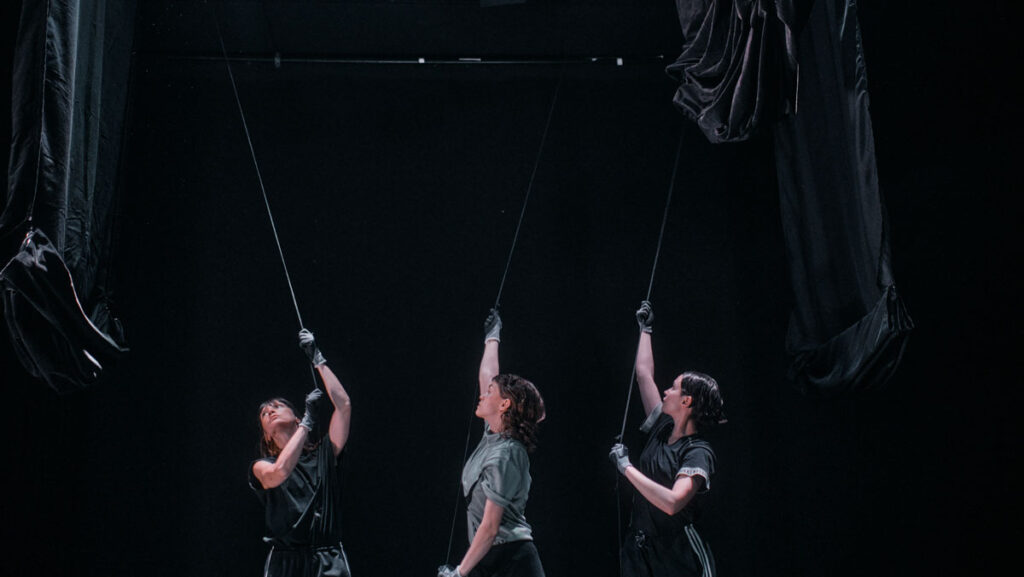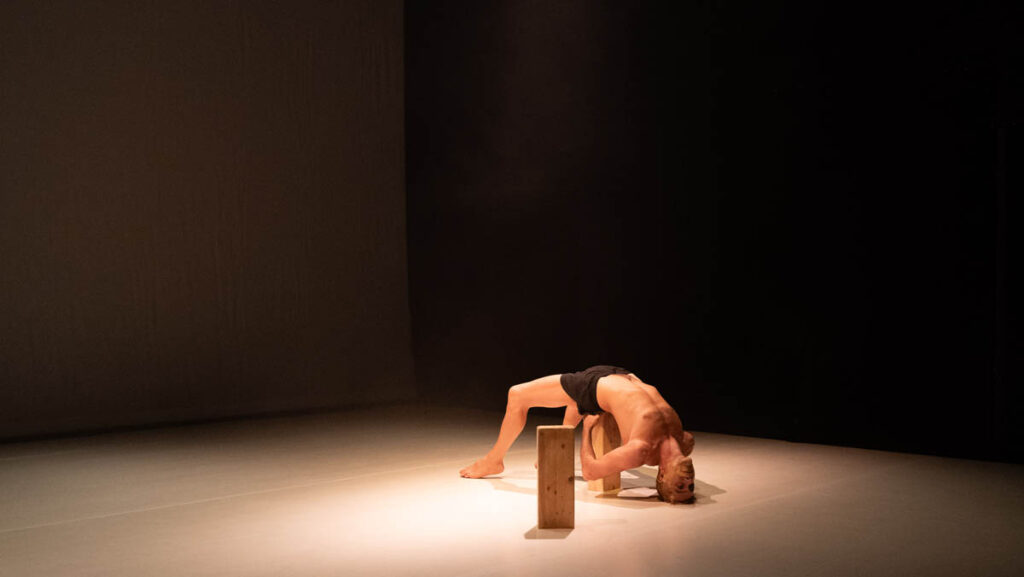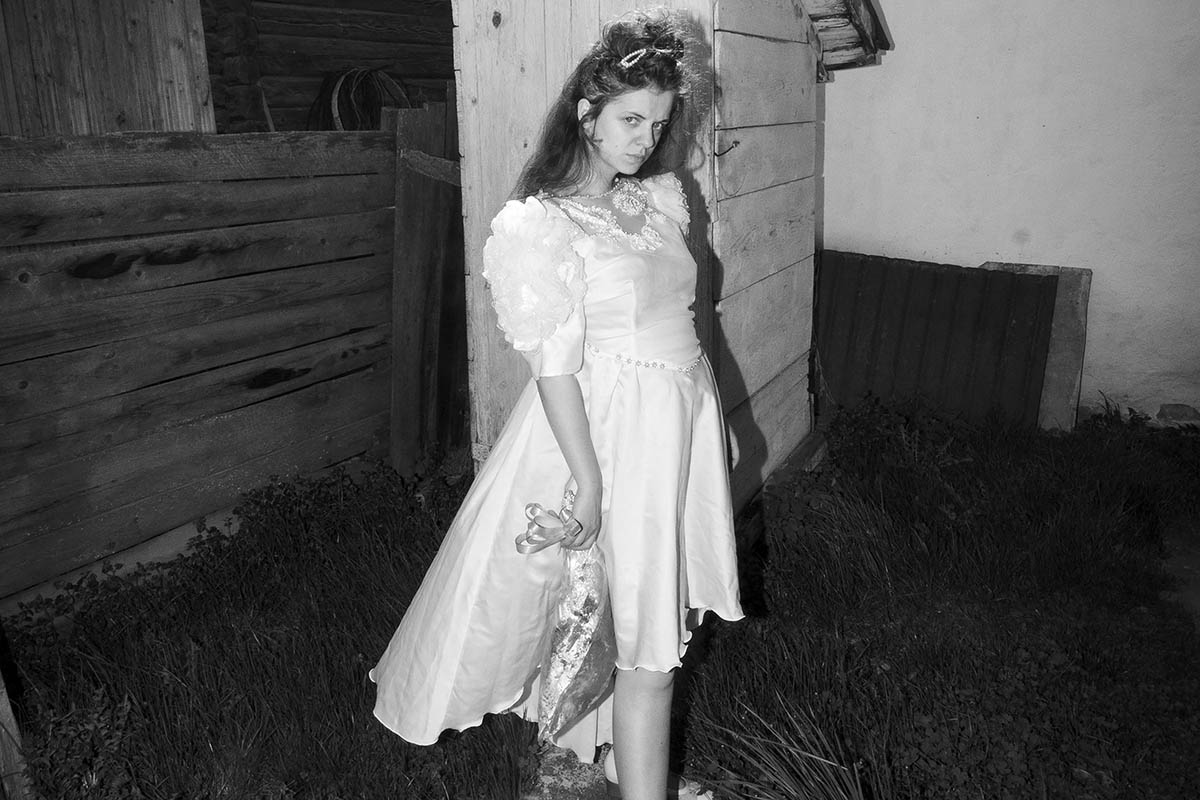
Selected works from three powerful series of her—Three Colours I Know in This World, The Art of Pista, and Self-Portraits in My Father’s Shoes—create a deeply personal visual narrative, drawing the viewers into intimate reflections.
Describing the selection, Bede notes that the pieces are „highly personal, authorial, raw, and easy to connect with.“
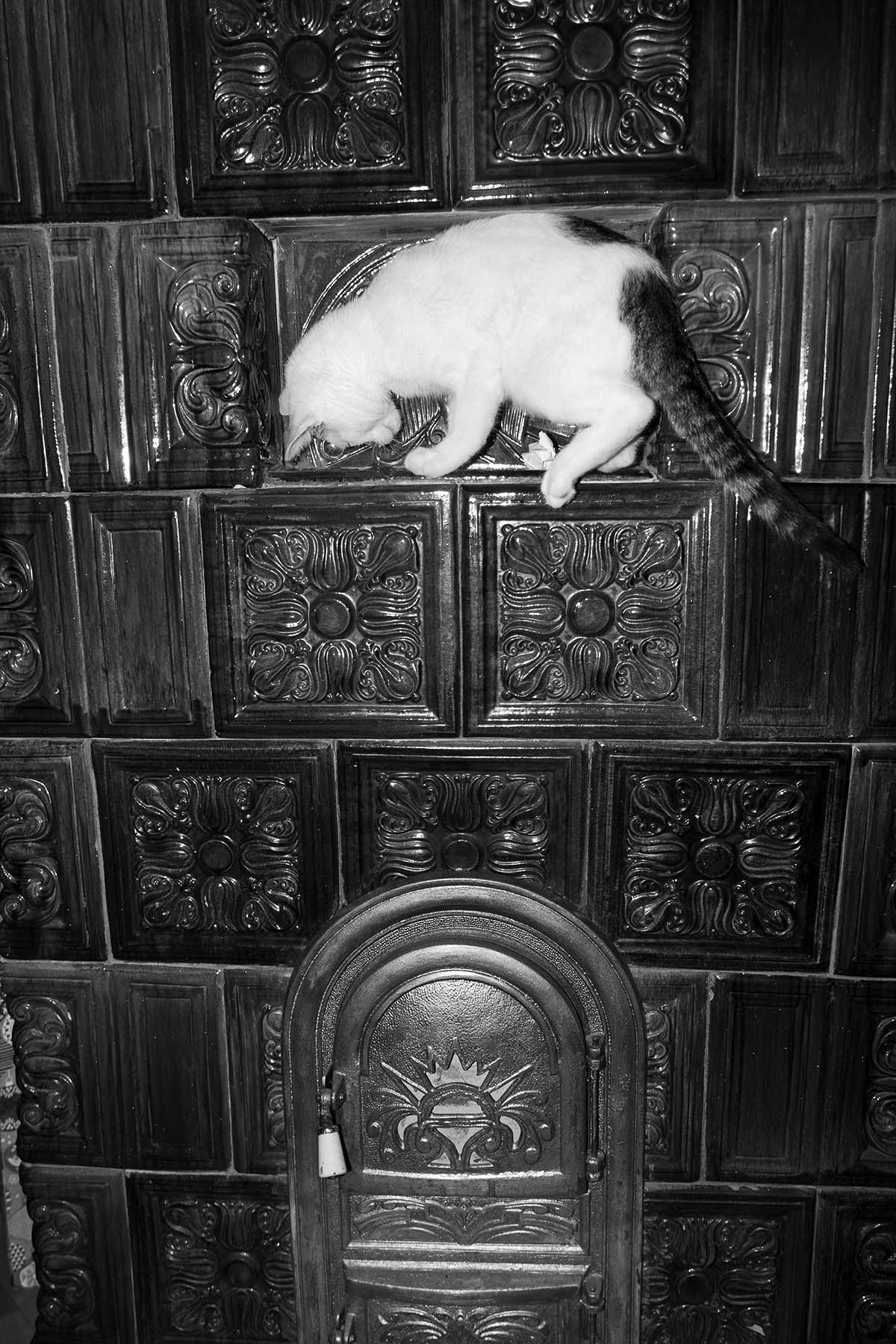
Erka Shalari: Kincső, how did your photography journey begin?
Kincső Bede: I received my first camera as a Christmas gift from my parents. Growing up, I had a cousin I admired deeply and wanted to emulate in every way. She had a small compact Canon, and she used it to document everything around her. I loved watching her capture moments, digitize them, and organize them neatly into folders on her computer. I was so fascinated that I begged my parents crying for a camera until they finally gave in. At the time, I loved to imitate my cousin, so I started taking photos too. I was about eleven when I started to photograph.
My encounter with photography feels quite special. I think I do photography and art because I have no other choice. I’ve always had a compulsive need to express myself (even as a child), but for a long time, I struggled to find the right medium. I first gravitated towards film direction, but it was through photography that I then truly found my voice. I’ll never forget the winter of 2018, when everything clicked. It was then that I finally articulated, even just to myself, what I wanted to convey about the world—about my world. I understood why I raised the camera to my eye. I don’t come from a family of artists; in fact, there was no one around me to make me do that. I paved the way for myself and maybe that explains the energy I have inside me that has taken me places. I consider myself fortunate because I’ve discovered what I’m meant to do and what truly brings me joy. And this is photography. It feels really good to express yourself and to give something to others. I try to take care of that.
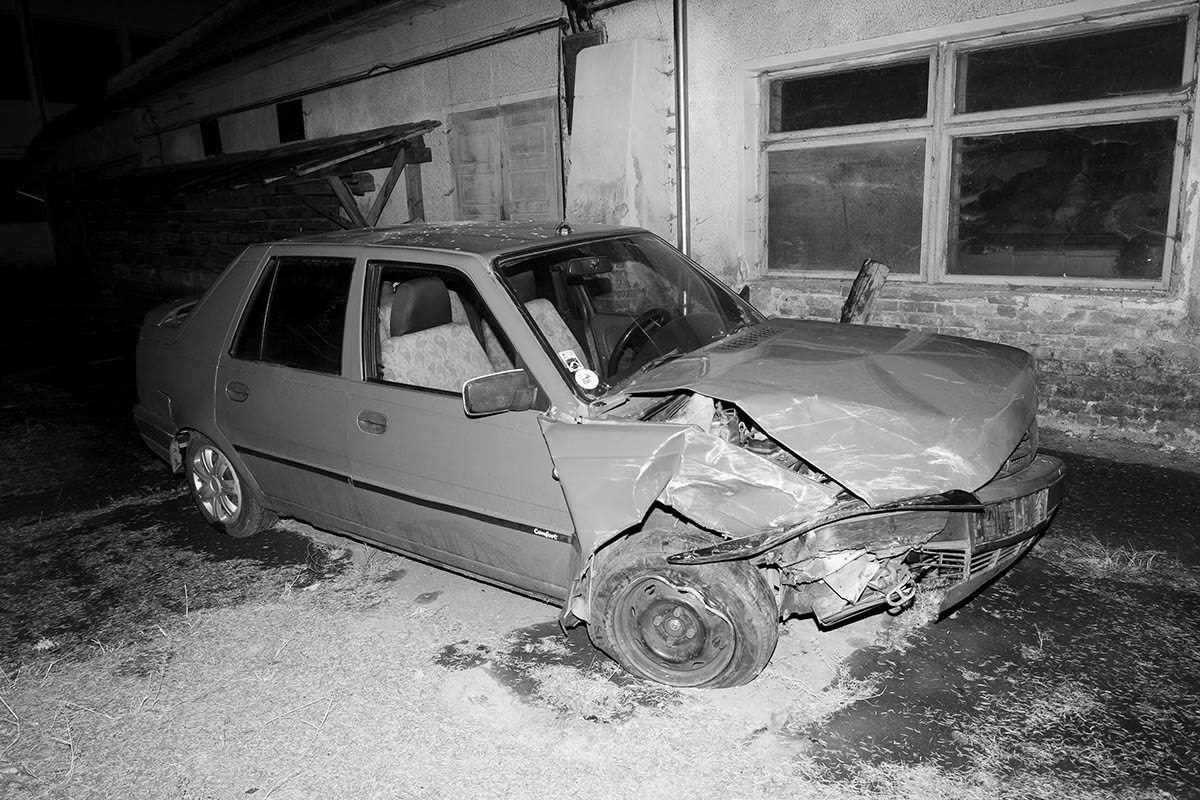
Your work has often been described as a means of exploring and understanding the experiences of your parents‘ generations. Through these in-depth investigations, what insights have you uncovered? How have these explorations influenced or shifted your perspectives?
As a Hungarian photographer from Romania, much of my work has been dedicated to exploring the legacy of communism in Romania. I’ve been particularly drawn to the regime change of 1989 and the media coverage surrounding it. The first time I encountered these creepy images was in a history class as a child. Later, I spent countless nights watching them again on YouTube. One event that has stayed with me is the trial and execution of the Ceaușescu couple—those images burned into my retina.
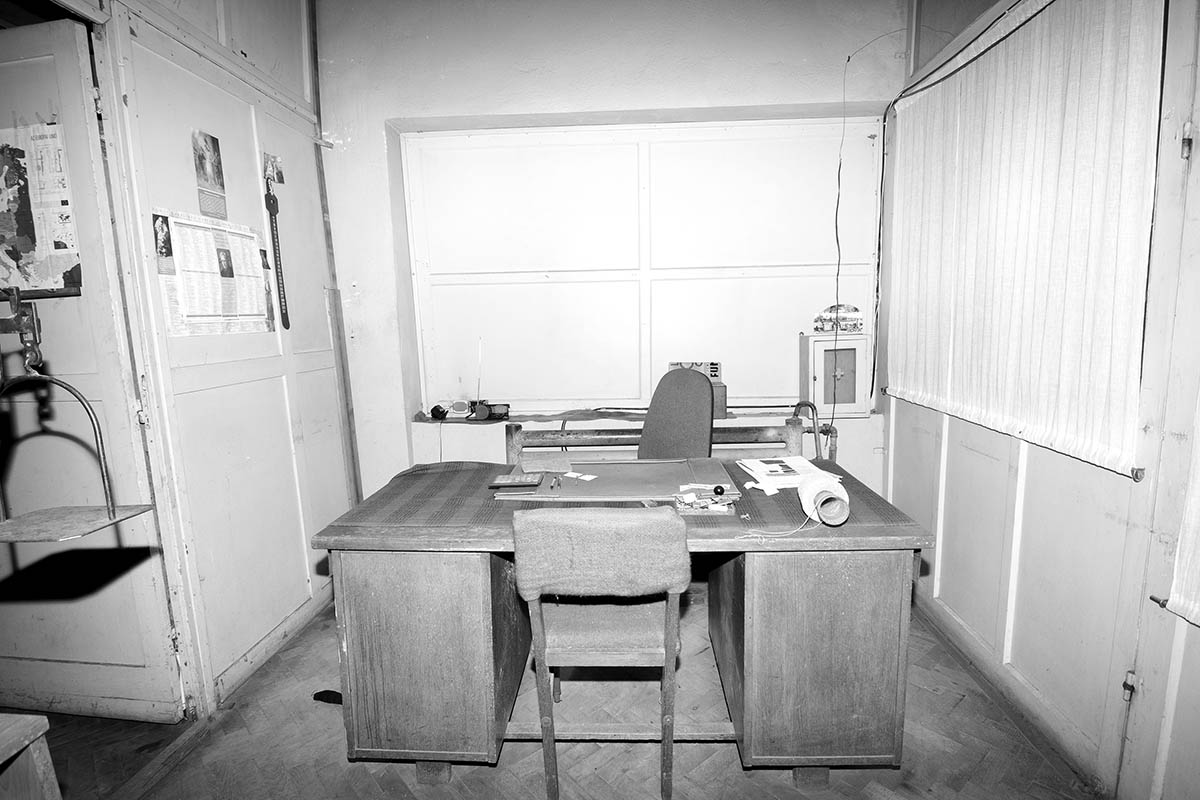
Although I was born in 1995, long after the regime change, those recordings resonated with me deeply. Even as a child, I felt that what I was seeing was important and that one day, it would make me understand something about where I came from, about my parents, and ultimately, about myself. The milieu left over from socialism, intertwined with the objects of the suddenly emerging capitalist lifestyle, felt natural to me. However, I recognised that this was not the case for everyone, and therefore I felt compelled to share a glimpse of it. This sense of disparity compelled me to offer a glimpse into this world through my work. My photography is deeply rooted in the visual memory of socialism and the unspoken historical experiences that create misunderstandings between generations. As a child, I empathized with my parents, who were raised under communism, endured regime’s change, and then faced the disillusionment of the new system.
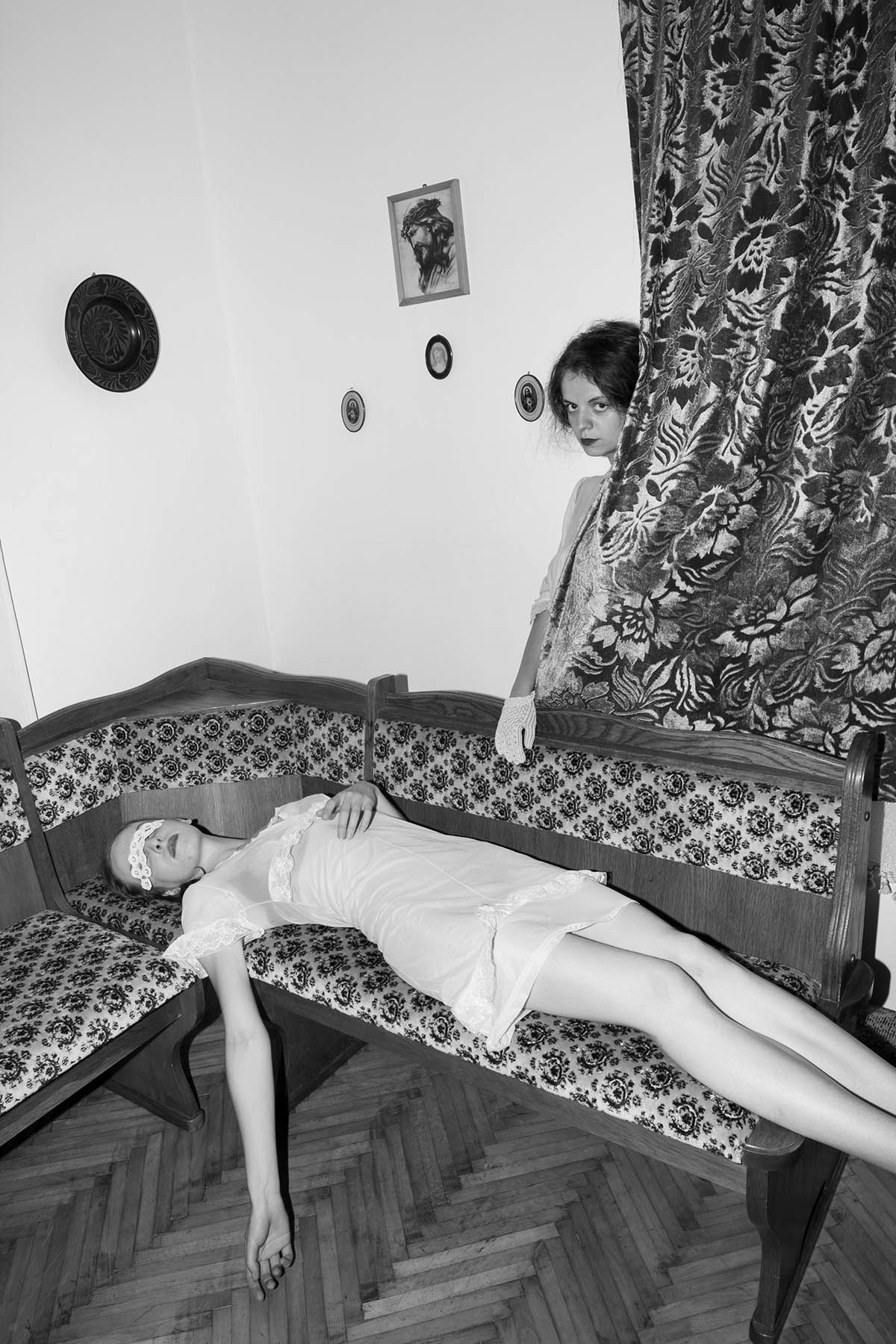
In contrast, I was born after the regime change, so I bring a completely different perspective into the conversation. Through my photographs, I represent my generation. For three years, I worked on my project Three Colours I Know in the World, following a year of research on the subject. Alongside photography, I educated myself not only through books but also by immersing myself in quality Romanian films that explored similar themes. I also engaged with many people, collecting personal stories that deepened my understanding. While making the series, an integral of the concept was that I would not leave Covasna, my hometown. This was because my parents grew up there, and after I dug into the subject, I became aware of how different it was for a small-town person to commune and how different it was for a person who lived in a big city. In big cities people were hungry and cold. In small towns, there were chickens, pigs, sheep, and firewood. The living conditions—and the psychological impact—were entirely different. During the making of the series, I came to the realization that I will never be able to understand what it meant to grow up in such a system, to live in such a system. I cannot change the past or my parents, but I can accept and respect them, by educating myself. This process brought me a sense of reconciliation.
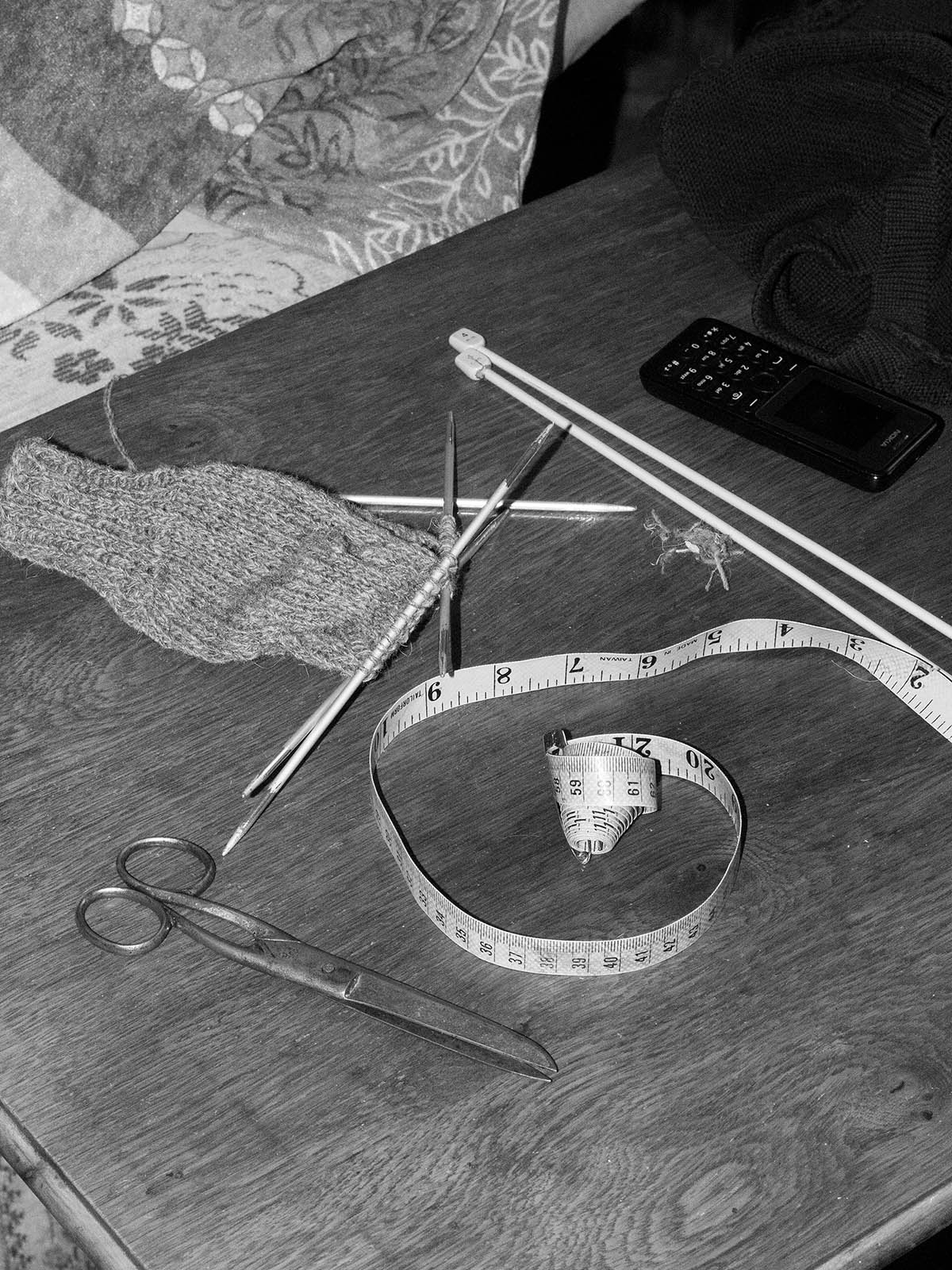
Have your research and travels extended to other former communist countries, or have you primarily centred on the experiences within your immediate surroundings?
I have not been to other socialist countries to do research. I think, every post-socialist country has a very different history, story and pain. I can deal now with what is closest to me, what I know, what I feel the pain of in the human soul, what I carry in my soul. After finishing my series Three Colours I Know in This World, I collaborated with one of my best childhood friends, who went on to become a journalist, to create a visual and written piece for the 30th anniversary of the revolution, which evolved into a subjective project. We traced and visited every historical landmark and museum in Romania that deals with communism. We were at the TV studio, where the Romanian revolution was broadcast live, and we also travelled to Târgoviște, where the Ceaușescu couple was hidden and shot in the head. Today, a museum stands there, preserving everything in its original size. By the way, it was interesting to see that the photos themselves say no more about the subject than I would have liked to say or show in my Three Colours I Know in This World series.
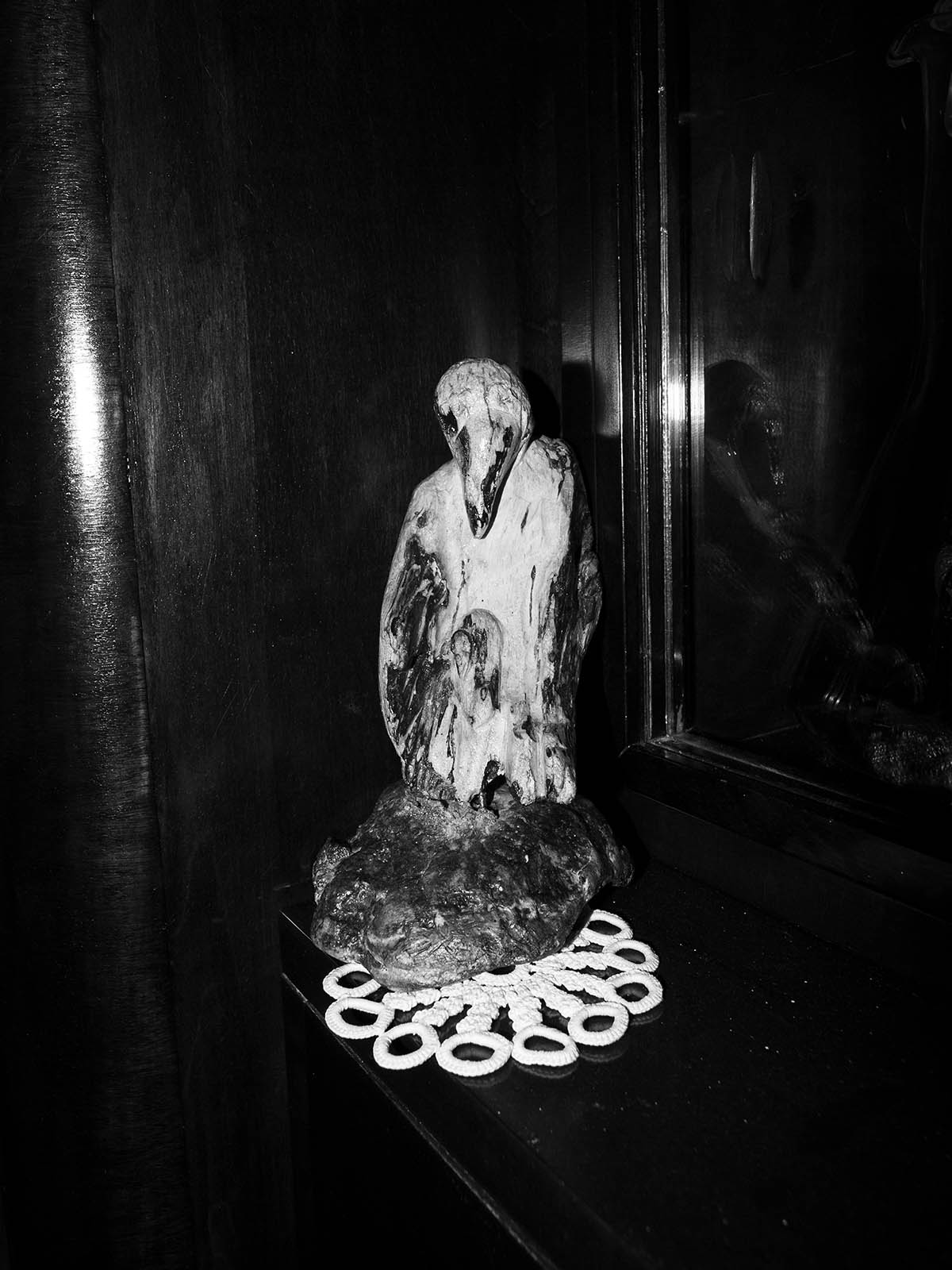
How do people your age react to your photography?
I represent my generation’s feelings in these photographs. The only way I can speak authentically on this subject is to talk about things that affect me, things that I feel, and things that are in the past but still perceptible in people’s souls, in buildings, and in objects in the present.
You’ve exhibited at some of the most prestigious photography fairs in Europe. How does that feel, and in what ways have these experiences influenced your work?
It is very important for me that my works are visible. Beyond the fact that my works are sold, which gives me a living and an existence as an artist, these large photography fairs are about much more. At these fairs, such as Paris Photo, UNSEEN or MIA, there are the directors of the world’s most important institutions, very good curators, the biggest photo book publishers, artists and magazines, who are always watching and stalking the emerging artists. The art world and the profession need new voices. I owe a lot of publications and invitations to the fact that in 2021, we were invited together with TOBE Gallery in the Paris Photo Curiosa sector, which was curated by Shoair Mavlian, curator of TATE Modern. It was a pivotal professional appearance for me. To be honest, I didn’t even realize that I was exhibiting solo in a place where the works of my favorites are also displayed and sold there. And we got really good feedback from the booth.
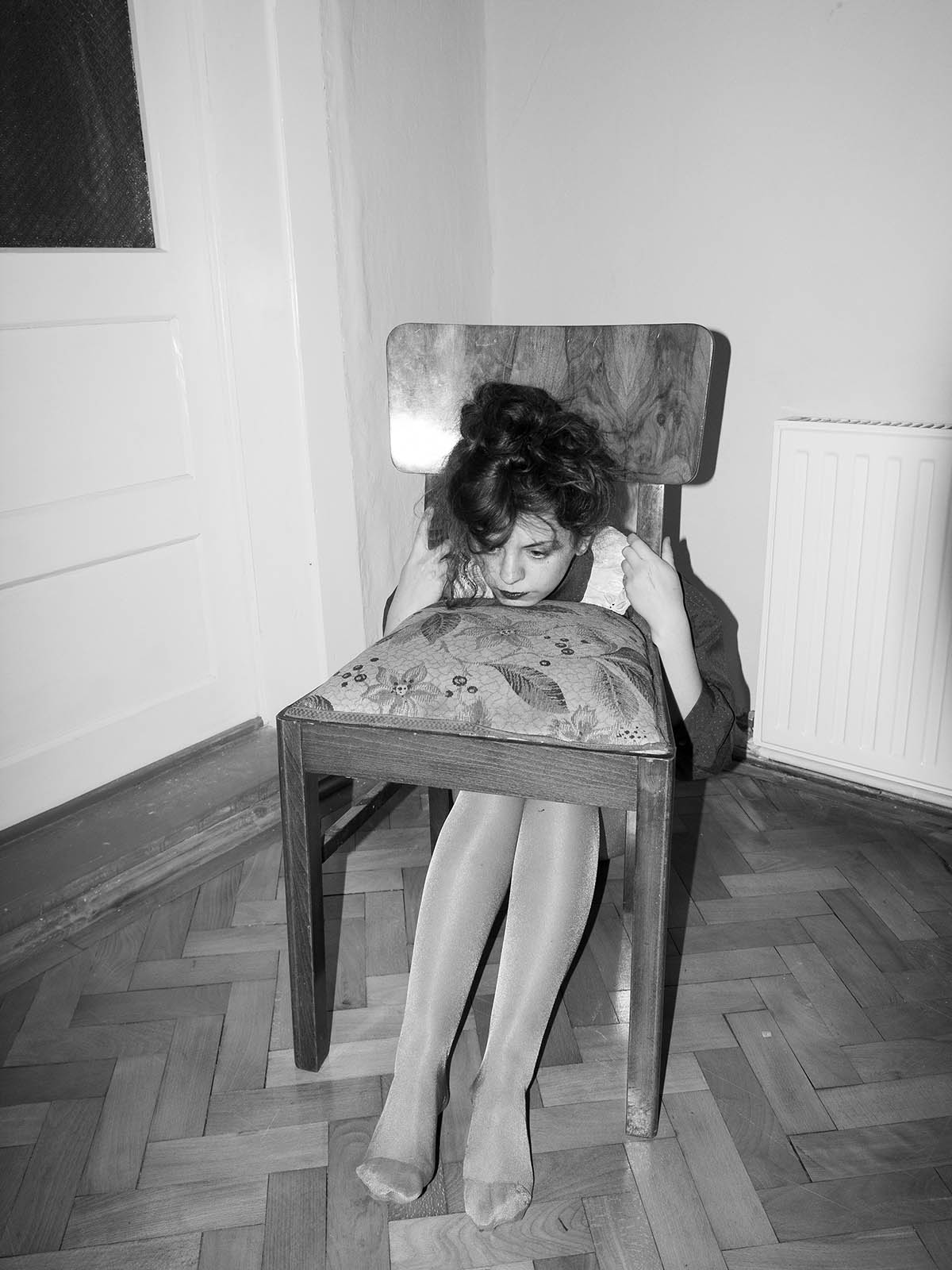
A year prior, I had won the Paris Photo Carte Blanche award, given annually to four photography students at European universities. There I felt that there was a stake in what I was doing and I started to take it more seriously. By the way, as an artist, it is important for me to state that the most important for me are not art and photo fairs, but institutional exhibitions. Yet, I see fairs as a great opportunity to showcase my work, engage in conversation and meet peers.
You’re the first artist-in-residence of BY_INVITATION_VIENNA. How do residencies support your practice, and how does Vienna feel to you?
I can’t tell you so much about it yet, because I’m over my first week, which for me was about integration. I live in a very nice place, and I have hours of space to move and create. Angela and Alex are wonderful people and I think it’s great that they want to help and support artists. Their interest and love for art amazes me. While I’m here in Vienna, I want to soak up everything related to art and culture: see every exhibition, go to the opera, bookstore, and get inspired. For me, it’s a bit difficult and strange to be alone in a new place, but there is something very exciting about it. I am curious to see what thoughts and ideas these feelings will awaken in me.
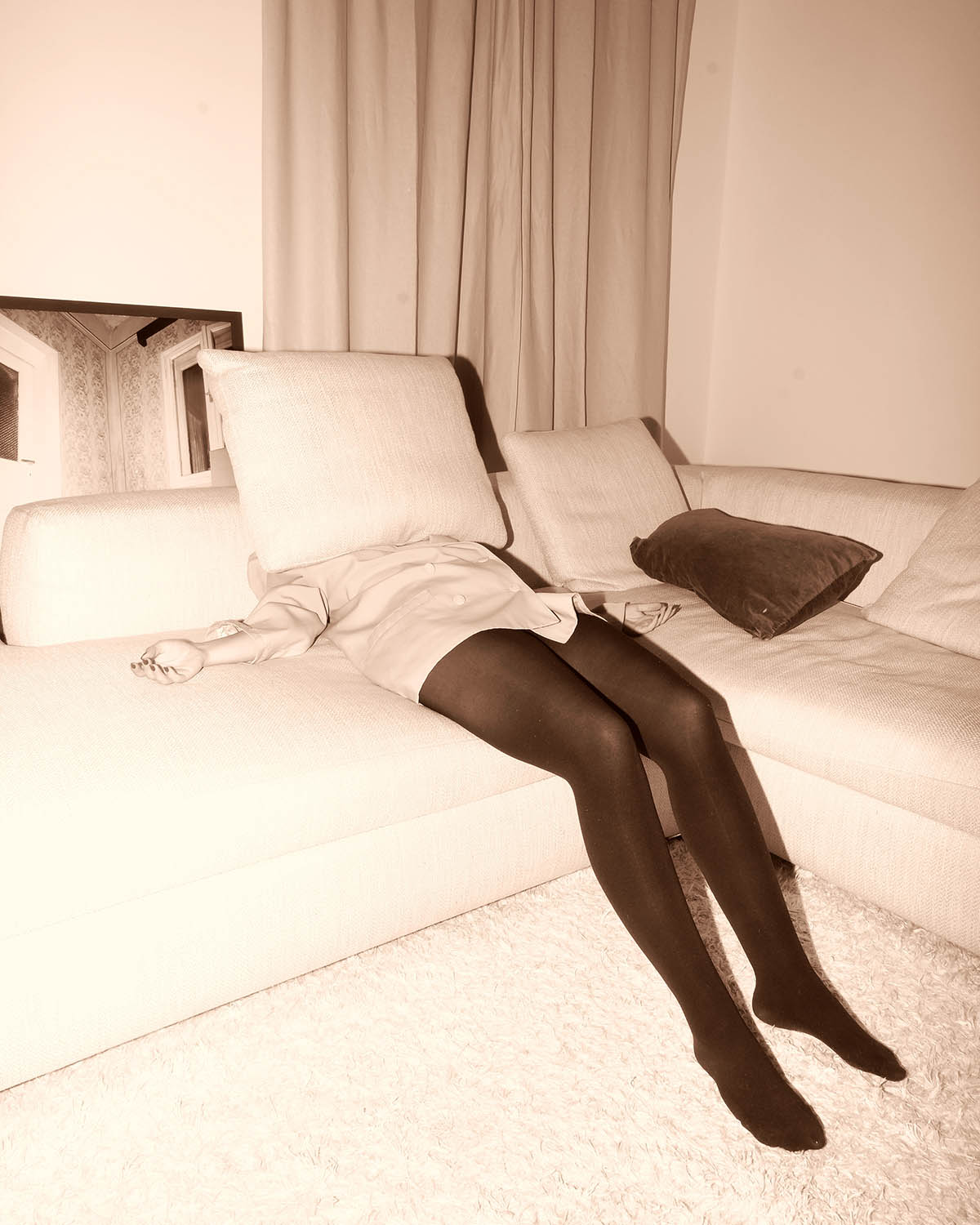
The residency opens with an exhibition as well. Could you share a behind-the-scenes glimpse at how the show is coming together?
At the exhibition, we will be able to see works from three photo series of mine (Three Colours I Know in This World, The Art of Pista, Self-Portraits in my Father’s Shoes) placed in different parts of the restaurant. This is a very exciting and interesting situation, because my works have never been exhibited in a restaurant.
I think it will be somewhat surprising for people, because these are very personal, authorial and raw photos. But also I think these photographs are very easy to connect with. Perhaps what I would like the most is what, unfortunately, I cannot see or hear, that when people notice the works before, after or during eating, they realize that it is not just decoration, but the works of an artist, what they see in them, what they will feel.
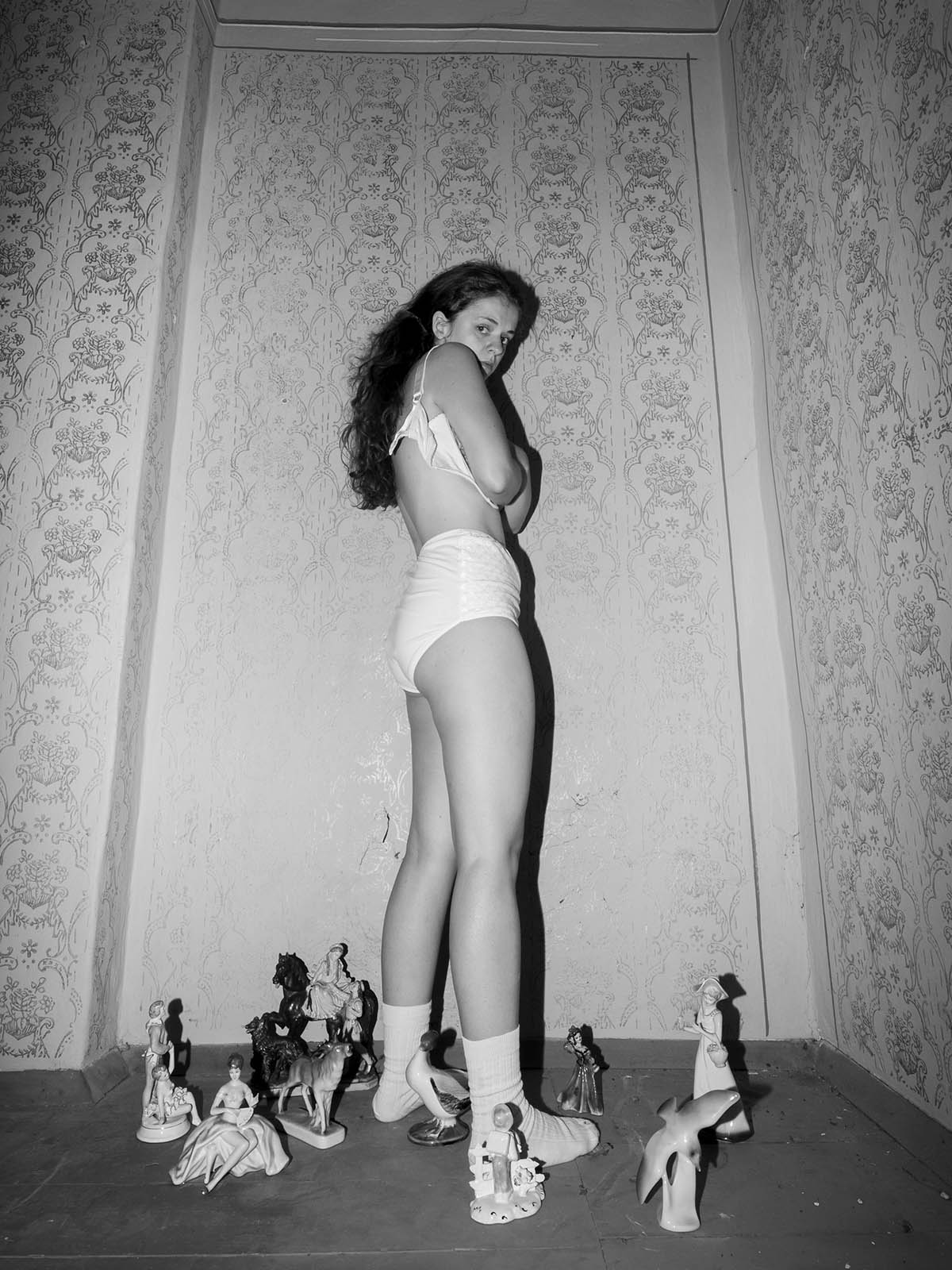
These unexpected meetings are always good, at least I think they are the most exciting thing. Angela is the curator of the exhibition, I trust her completely, she has very good sense and taste. We tried to use every corner of the restaurant wisely.
At kraus, along the exhibition, we will also present my photo book Porcelain and Wool (Graphic design: Zoltán Visnyai), recently published by the only Hungarian photo book publisher: hECTIC bOOKs. The main principle of editing and creating the book for me was to make it authorial and about the photos and to let the photos shine in their best form. It was a very exciting creative process for me because I had to look at my own photographs with a whole new set of eyes. While taking these photos I never imagined that they would be in a book one day, I was always thinking in terms of walls and space – so it was a very challenging process for me, but well worth the suffering. I feel it has become a lovable object. At least, I love it. A limited copy of the book can be purchased on-site if anyone is interested!
Exhibition + Photobook presentation: Porcelain and Wool
Location: das kraus, Große Pfarrgasse 7, 1020 Vienna. October 15th, 18:00 – 21:00 o’clock
Curated by: Angela Zach-Buchmayer
* Kincső Bede is representd by TOBE Gallery, Budapest.
Kincső Bede (b.1995) is a Romanian visual artist with Hungarian roots, who grew up in a small city in Transylvania, Romania. She is fascinated by the communist past of her homeland, the power of the leader Nicolae Ceaușescu, the control exercised by the security agency Securitate, and how this history is passed down across the generations. Currently, Kincső lives and works in Budapest, Hungary and she is studied at the Moholy-Nagy University of Art and Design. She is part of the Studio of Young Photographers. In 2020 she won the photography scholarship of the Association of Hungarian Photographers. In the same year she was among the winners of Carte Blanche Students, a scholarship founded by Paris Photo. The works of the four winners were exhibited at the Parisian Gare du Nord. Her series, titled ’’Three Colours I Know in This World’’ was chosen for the 10 New Talent 2020 programme by the curators of BredaPhoto Festival and was exhibited in The Netherlands. Her work is often applauded by the foreign press, like: GUP Magazine, The Steidz, Grandmamas Print, The Art News Paper Edition Francaise, Hotpotatonews, VOGUE Italy, VOGUE China, ELLE Italy, . Also, her photos are part of the Blurring the Lines 2020 issue. In 2021 she was exhibited at UNSEEN, in Amsterdam, and in Paris, at Paris Photo’s Curiosa sector with TOBE Gallery, curated by Shoair Mavlian. In 2022, she was awarded the prize intitled: PhMuseum Photography Grant as a New Generational Prize – Honorable Mention, in the same year her work were exhibitied at the PhotoVogue Festival in Milan and at the PHOTO ISRAEL International Photography Festival in Tel-Aviv. In 2023, her work was exhibited in several locations in Hungary, alongside these in Bucharest, Frankfurt and Paris. This year she was also nominated for the 2023 Esterházy Art Award. In 2024, she was awarded the Transylvanian Prize for Contemporary Culture in the visual arts category. Kincső Bede is representd by TOBE Gallery, Budapest – www.instagram.com/bedekincsohilda.
BY_INVITATION_VIENNA offers artists the possibility of taking a one-month residency in Vienna. The focus of the selection is on the medium of photography, especially artists who deal with contemporary feminist and socio-political issues. The call for applications is only by invitation: next to the hosts, various cooperation partners are invited to nominate artists, and two to three are selected each year. The residency is located in a very quiet, green area of Vienna and offers a contemplative working space. It is a place where new ideas can be born, where the impulses of the city meet tranquillity. During their residency, artists will have the opportunity to explore Vienna’s extensive art scene and get to know locals. BY_INVITATION_VIENNA supports networking – www.instagram.com/by_invitation_vienna/.
Erka Shalari is a Vienna-based art writer and international editor at Les Nouveaux Riches Magazine. Her work is dedicated to uncovering distinctive artistic positions in contemporary art, employing a methodology strongly influenced by psychology, epistemology, and the interplay of affect and ritual – https://linktr.ee/erkashalari.




